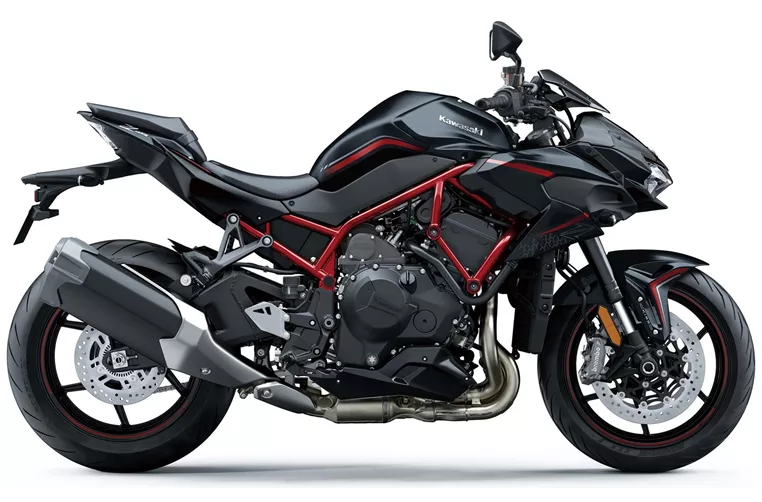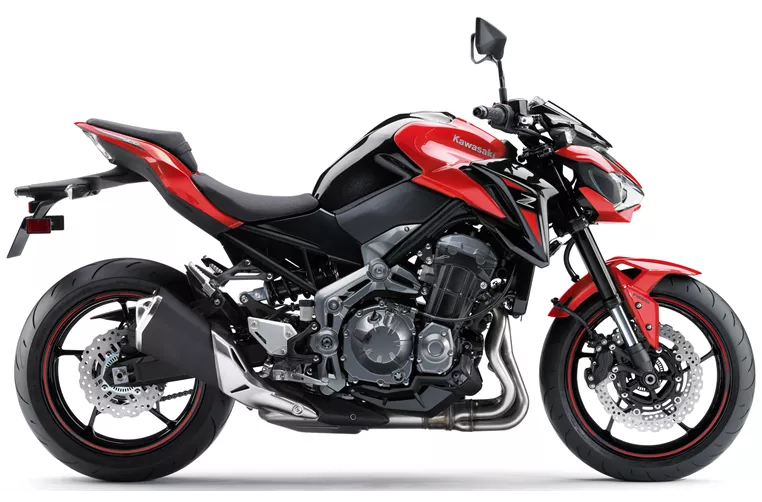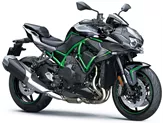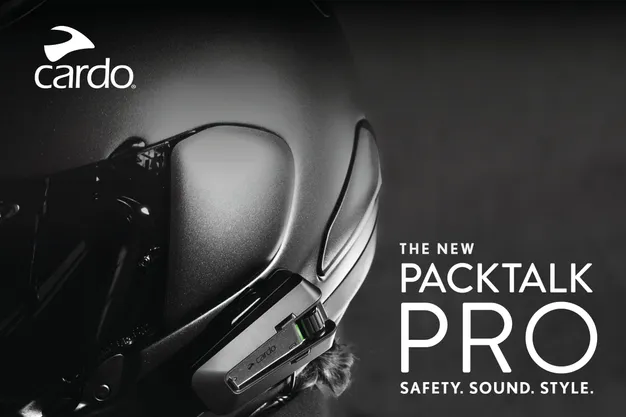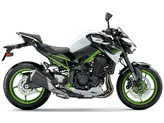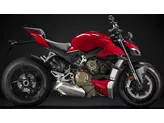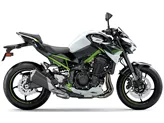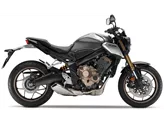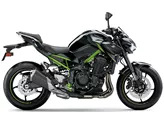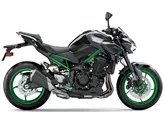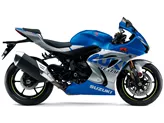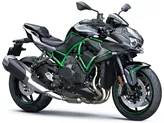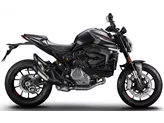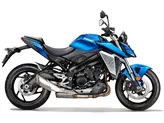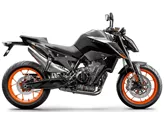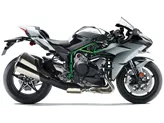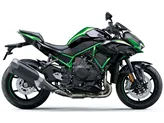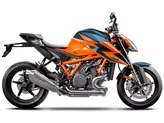Kawasaki Z H2 2020 vs. Kawasaki Z900 70kW 2018
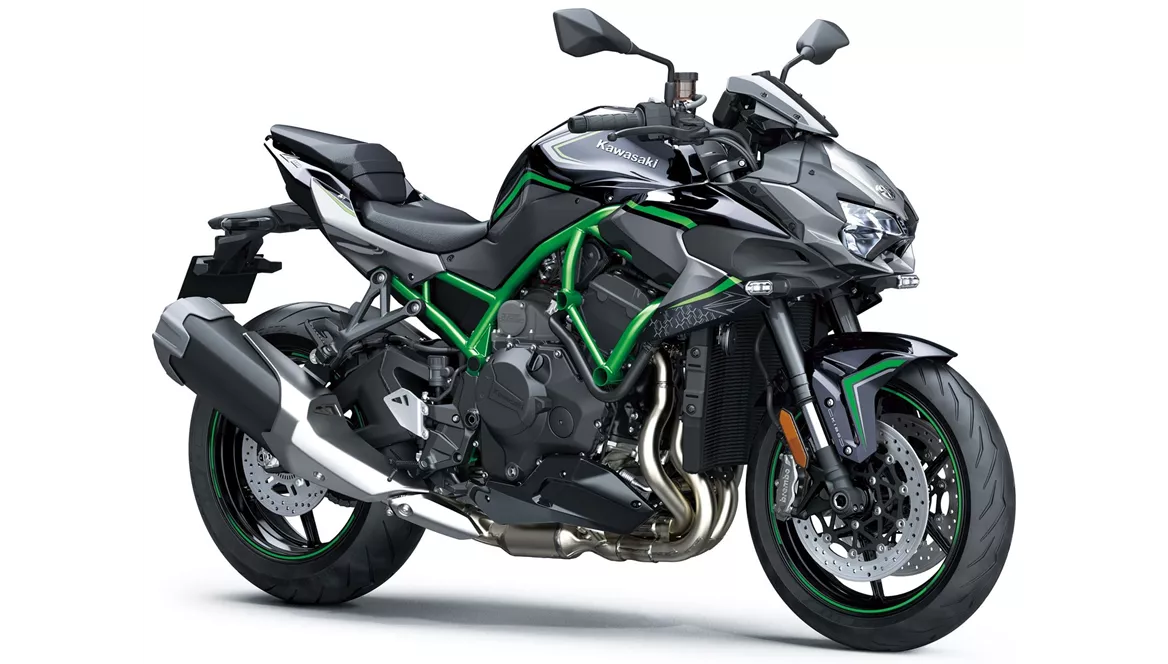
Kawasaki Z H2 2020
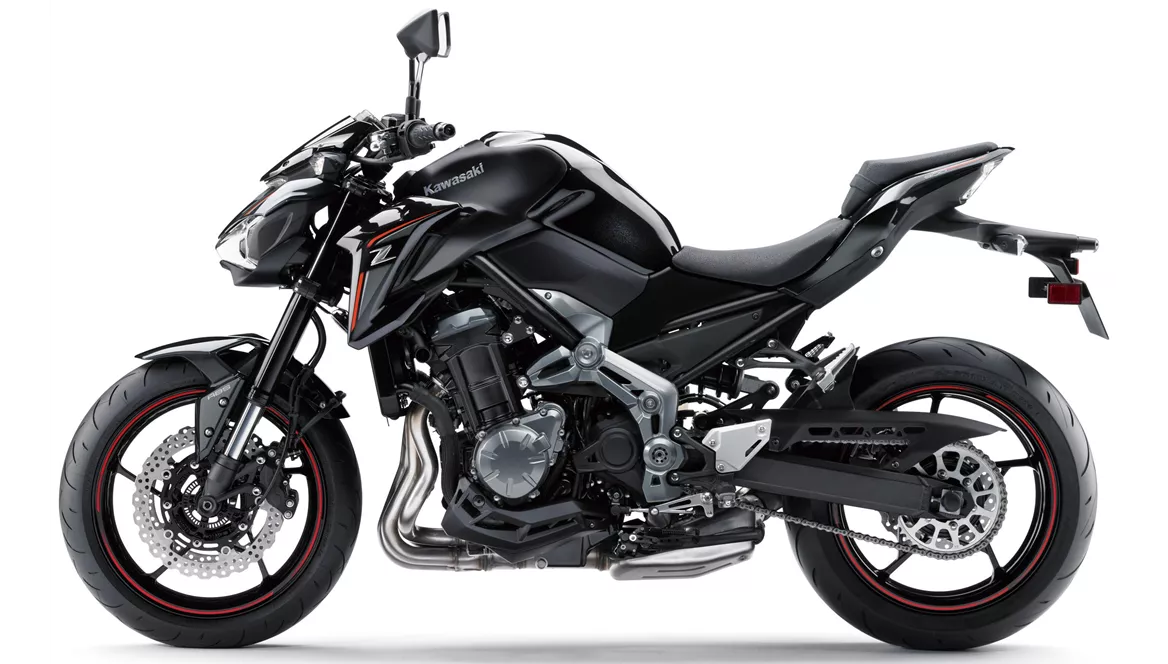
Kawasaki Z900 70kW 2018
Overview - Kawasaki Z H2 2020 vs Kawasaki Z900 70kW 2018
The Kawasaki Z H2 2020 and the Kawasaki Z900 70kW 2018 are both naked bikes with similar engine types, fuel systems, and cooling systems. However, there are several key differences between the two models.
In terms of engine power, the Kawasaki Z H2 2020 has a significant advantage with 200 HP compared to the Kawasaki Z900 70kW 2018's 95 HP. This means that the Z H2 has much more power and acceleration, making it a more thrilling and high-performance bike.
The torque of the Z H2 is also higher at 137 Nm compared to the Z900's 91.2 Nm. This means that the Z H2 will have more low-end power and better acceleration, making it easier to control and maneuver.
In terms of suspension, both bikes have upside-down telescopic forks at the front and swing arm suspension at the rear. However, the Z H2 has the advantage of adjustable compression, preload, and rebound settings for both the front and rear suspension, allowing for a more customizable and comfortable ride.

Kawasaki Z H2 2020
The braking systems of the two bikes are also different. The Z H2 has double disk brakes with a diameter of 320 mm and four pistons, while the Z900 has slightly smaller double disk brakes with a diameter of 300 mm and four pistons. The Z H2 also has radial monoblock technology, which provides better braking performance and control.
In terms of advanced rider assistance systems, the Z H2 has a wide range of features including ABS, riding modes, cornering ABS, launch control, ride by wire, quickshifter, traction control, and anti-wheelie. On the other hand, the Z900 only has ABS.
In terms of dimensions and weights, the Z H2 is slightly larger and heavier than the Z900. The Z H2 has a wheelbase of 1455 mm and a seat height of 830 mm, while the Z900 has a wheelbase of 1450 mm and a seat height of 795 mm. The Z H2 also has a higher kerb weight of 239 kg compared to the Z900's 210 kg.
In terms of strengths, the Z H2 is praised for its incomparable engine, full power, easy control, pleasant seating position, high riding comfort, stable handling, and quiet but charismatic sound. It is also considered a bike that can be ridden carefree in everyday life.
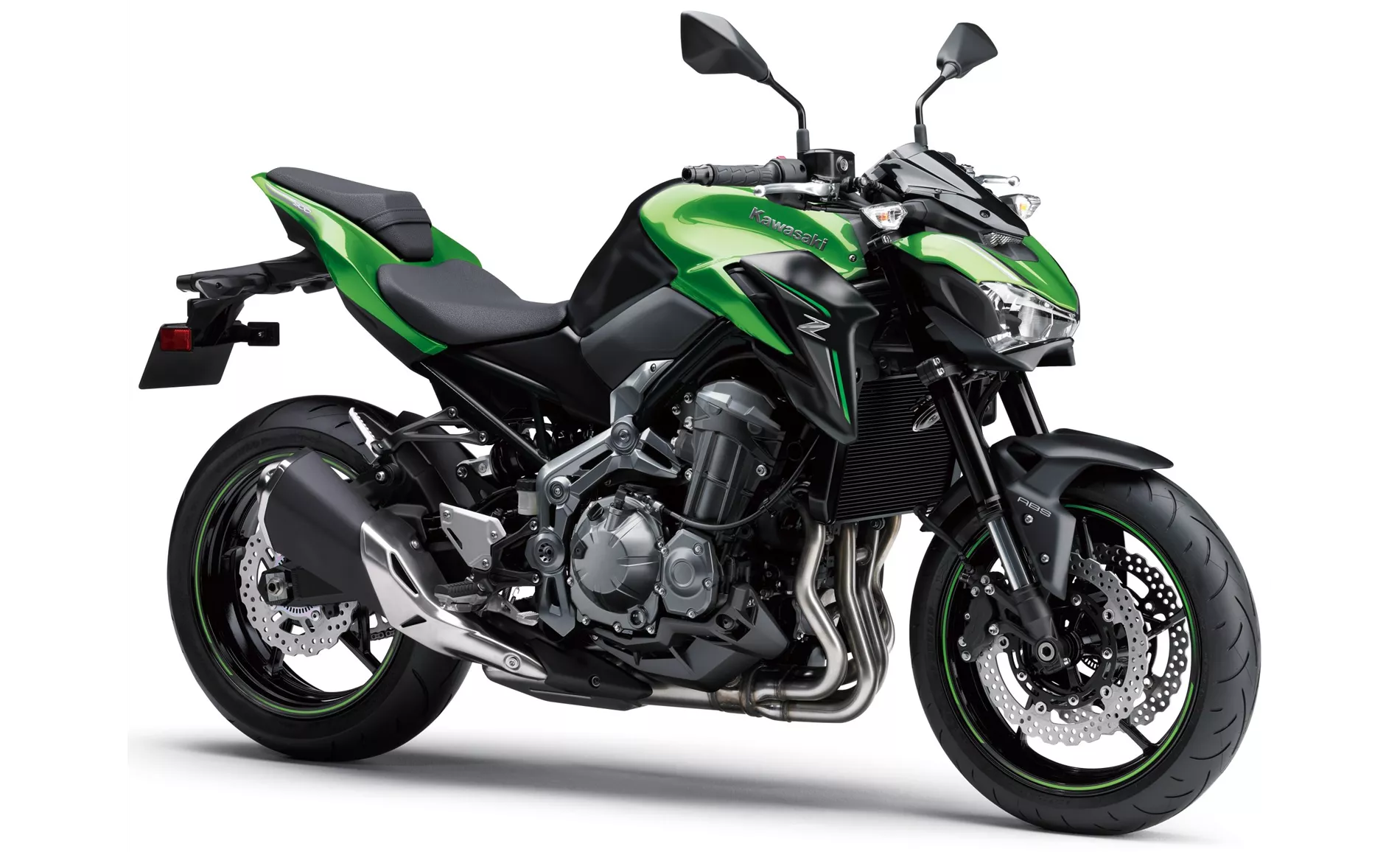
Kawasaki Z900 70kW 2018
The Z900, on the other hand, is praised for its smooth engine with punch at around 6000 rpm, finely controllable brakes, smooth running in city traffic, stable motorway speeds, and good handling.
In terms of weaknesses, the Z H2 is criticized for its quickshifter that has interventions that take too long, a suspension strut that becomes spongy during sporty riding, and the lack of exclusive components for an exclusive bike.
The Z900 is criticized for being quite small for tall people, having a high weight of 210 kg, and poor acceleration with only 48 hp due to its weight.
Overall, the Kawasaki Z H2 2020 is a more powerful, high-performance bike with advanced rider assistance systems and a more comfortable riding experience. The Kawasaki Z900 70kW 2018, on the other hand, is a more lightweight and agile bike with good handling and smooth running in city traffic.
Technical Specifications Kawasaki Z H2 2020 compared to Kawasaki Z900 70kW 2018
Pros and Cons in comparison
Pros and Cons in comparison
Kawasaki Z H2 2020
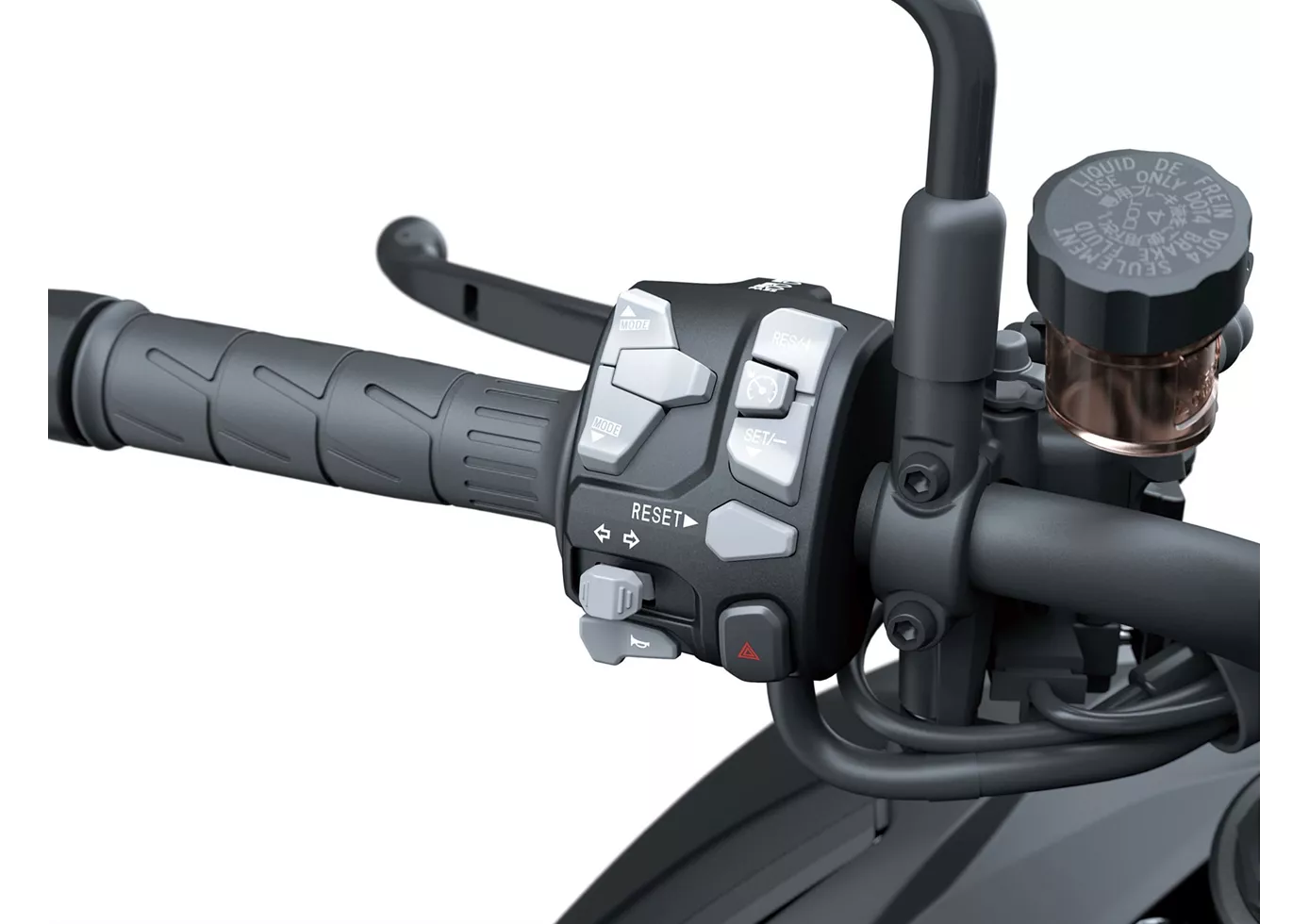
The fascinating power unit of the Kawasaki not only inspires as a motif for quartet cards or at the regulars' table. The engine is made for practical use. In the saddle of the bike, you can enjoy the thrust in every situation. Commands from the throttle are implemented directly, intensively but also controllably. However, the bike is not an athletic sportsman but a beefy naked bike. It always scores when sovereignty and power are required.
Kawasaki Z900 70kW 2018

The Z900 is a top entry-level motorbike. Very smooth engine, great brakes and lots of adjustment options on the chassis and levers. The acceleration may be too good for speed junkies, but it's just right for learning. The lack of electronic gimmicks, riding modes and traction control doesn't bother either, but makes the Z900 a good bike to learn the basics of two-wheeled locomotion. A high-quality purist, a real motorbike, even with only 48 hp!
Price Comparison Avarage Market Price Kawasaki Z H2 vs Kawasaki Z900 70kW
There are a few key differences between a Kawasaki Z H2 2020 and a Kawasaki Z900 70kW 2018. In terms of price, the actual average price of a Kawasaki Z H2 2020 is about 70% higher. A Kawasaki Z H2 2020 experiences a loss of 640 GBP in one year of ownership. This is offset by a loss of 230 GBP for a Kawasaki Z900 70kW 2018. Compared to Kawasaki Z900 70kW 2018 there are more Kawasaki Z H2 2020 bikes available on the 1000PS.de Marketplace, specifically 10 compared to 5. It takes less time to sell a Kawasaki Z H2 with 148 days compared to 194 days for a Kawasaki Z900 70kW. Since model year 2020 1000PS.de editors have written 14 reviews for the Kawasaki Z H2 and 10 reviews for the Kawasaki Z900 70kW since model year 2018. The first review for the Kawasaki Z H2 was published on 10/10/2019 and now has more than 82,500 views. This compares to more than 104,300 views for the first review on Kawasaki Z900 70kW published on 23/11/2018.
